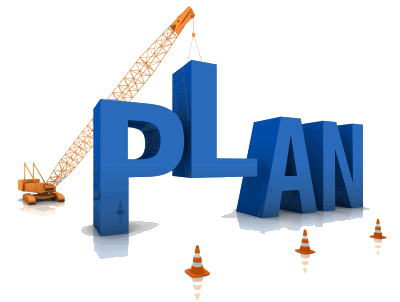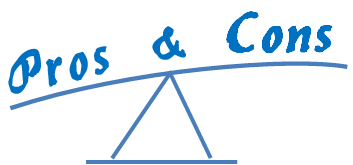2. Planning

The planning phase follows after the information search.
In this phase, the trainees plan the work process. They should have all the necessary information now.
Note: The transition between the information and planning phase is sometimes fluid.
The planning phase is an important part of the preparation of the work.
For planning, the trainees use the information already created (see previous chapter). Trainees should also check whether the collected documents are still up-to-date and, if necessary, exchange them for new ones.
A particular advantage of training in work processes is that trainees can observe and describe the processing of a task before they begin with the execution. Such observations should be an integral part of the preparation.

